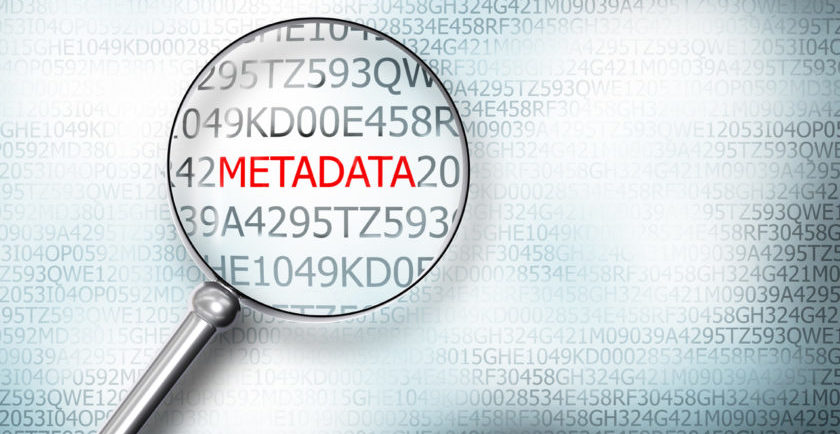The accuracy of metadata and the amount that content providers can provide plays a key role in how useful it will be, according to Jorge Boada, manager of metadata management at Showtime, which was an early EIDR adopter, and a member of the EIDR Power User Group.
“More is better,” he said during the panel session “Power User Group and User Engagement” that was part of the April 13 EIDR Annual Participant Meeting.
And that is especially true when it comes to the deduplication process, he said, explaining the more metadata that content companies provide, the more it will assist in the deduplication process.
EIDR’s Power User Group meets monthly to discuss use cases and increasing user input, as well as discuss its plans for leveraging member knowledge and influence.
The session highlighted the importance of the group and the need to have users serve as product managers, alpha/beta testers and creators of user stories to drive the continued evolution of the registry platform.
“One of the key challenges … is really thinking about how you source your metadata for registrations [and I think it can be a pretty daunting challenge for larger enterprises that may be using a variety of systems to store various different metadata points,” Boada said.
That has been “a bit of a learning process” at Showtime also to consolidate those systems, he conceded.
Among the many positives of EIDR meetings is “it’s great to have metadata conversations without people looking at you funny — that alone is a great thing,” he joked.
Marine Suttle, EVP and chief product officer at The Boxoffice Co. and another member of the Power Group, explained how she evangelizes EIDR to others.
“One of the biggest challenges that we’ve had in the past few years is working with partners,” including people who have never heard of EIDR, especially in Europe, she said, adding: “We end up having to do a whole lot of matching – way more than we would ever want to do. So we always ask” them if they are aware of EIDR. In any of those cases, she always explains to those content providers the value that EIDR can bring.
Sometimes, there are EIDR identifiers in the content provided that had never been documented by the company providing that content and it can take a long time to even realize that, she pointed out.
Two board members from Walt Disney Co. also weighed in during the presentation.
Disney and 21st Century Fox were already registering EIDR identifiers before the studios came together in 2019, said Anna Rybakov, EMS data steward at Disney.
That was enormously helpful, she said, adding EIDR also provides a framework for Disney to think about its data.
Shari Okamoto, manager of EMS operations at Disney, noted that while she is handling the company’s catalog content now, Rybakov is handling the new content.
Having one unifying identifier with EIDR “has been very helpful in making sure that everybody is on the same page so they know exactly what is being deactivated or what’s being activated for our releases,” Okamoto explained.
Offering one example of why this is so important, she noted that about 32 different versions across multiple markets were available for just one trailer promotion alone for The Lion King (the original animated version).
Being able to self-deduplicate is an especially useful feature, she went on to say, noting that, any one time, she may be working on 69-150 trailers or clips and that feature helps her “get through my work a lot quicker.”
Among the other significant benefits of joining EIDR is it provides the ability to “present your own use cases and that helps build the registry and helps in its functionality because you don’t want it to be too siloed,” according to Boada. “The more the merrier,” he concluded.
The session was moderated by Sarah Nix, EIDR board member and senior director of archives and global data governance at ViacomCBS.

